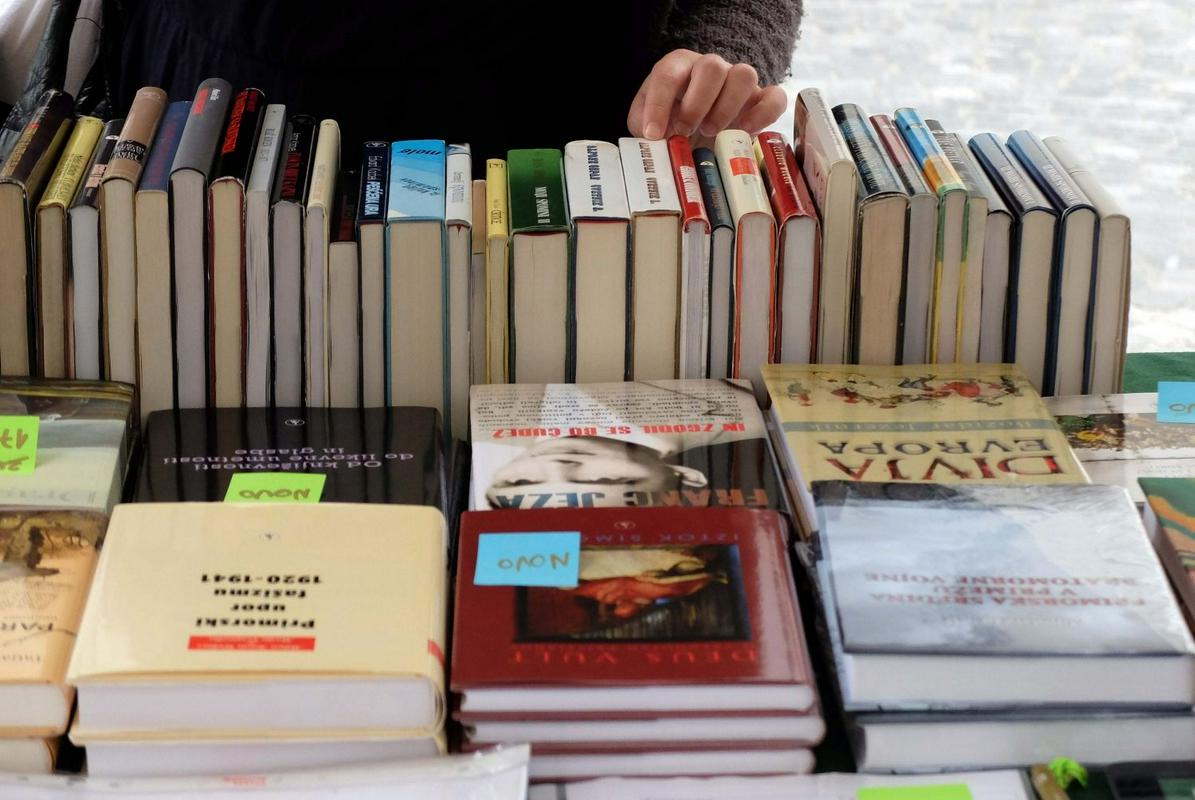
Nikolaj Sadnikar was a pioneering Slovenian veterinarian, but he is best remembered today for creating an outstanding private museum collection, which remains one of the most complete of its kind in Slovenia.
Born in Ljubljana in 1863, Sadnikar was first captivated by old objects he saw in the workshop of his father, who was a decorative metalworker. Like many Slovenians of his generation, he received his higher education in Vienna, returning to his native land with the latest knowledge of microbiology and hygiene.
In the years that followed, he worked as a veterinarian in various Slovenian towns; he organized a veterinary organization and even a pet cemetery. When stationed in the town of Kamnik, Sadnikar also expanded his collection of various objects – mostly folk items or historical artefacts. Eventually, he ended up with the largest private collection in the Slovenian Lands: some 3000 pieces ranging from medieval arms and traditional chests with Slovenian folk decorations to porcelain, books, paintings, and sculptures.
Sadnikar was also interested in art and developed strong bonds with several leading artists of his era. He was friends with such leading personalities as Ferdo Vesel, Ivana Kobilica, and even the Croatian sculptor Ivan Mestrovic. Eager to encourage promising talent, Sadnikar became a leading Slovenian patron of up-and-coming artists. He helped Maksim Gaspari, who was then working in a local shop, to pursue an artistic career; Gaspari’s folk-inspired style eventually won accolades and made him one of Slovenia’s most recognizable artists. Sadnikar also helped to Lojze Perko, later a leading painter, to obtain a commission for a church altar.
Sadnikar died in 1952, but his collection now attracts visitors to the Museum of Kamnik and serves as an inspiration to those who are interested in preserving Slovenian culture for future generations.


































































